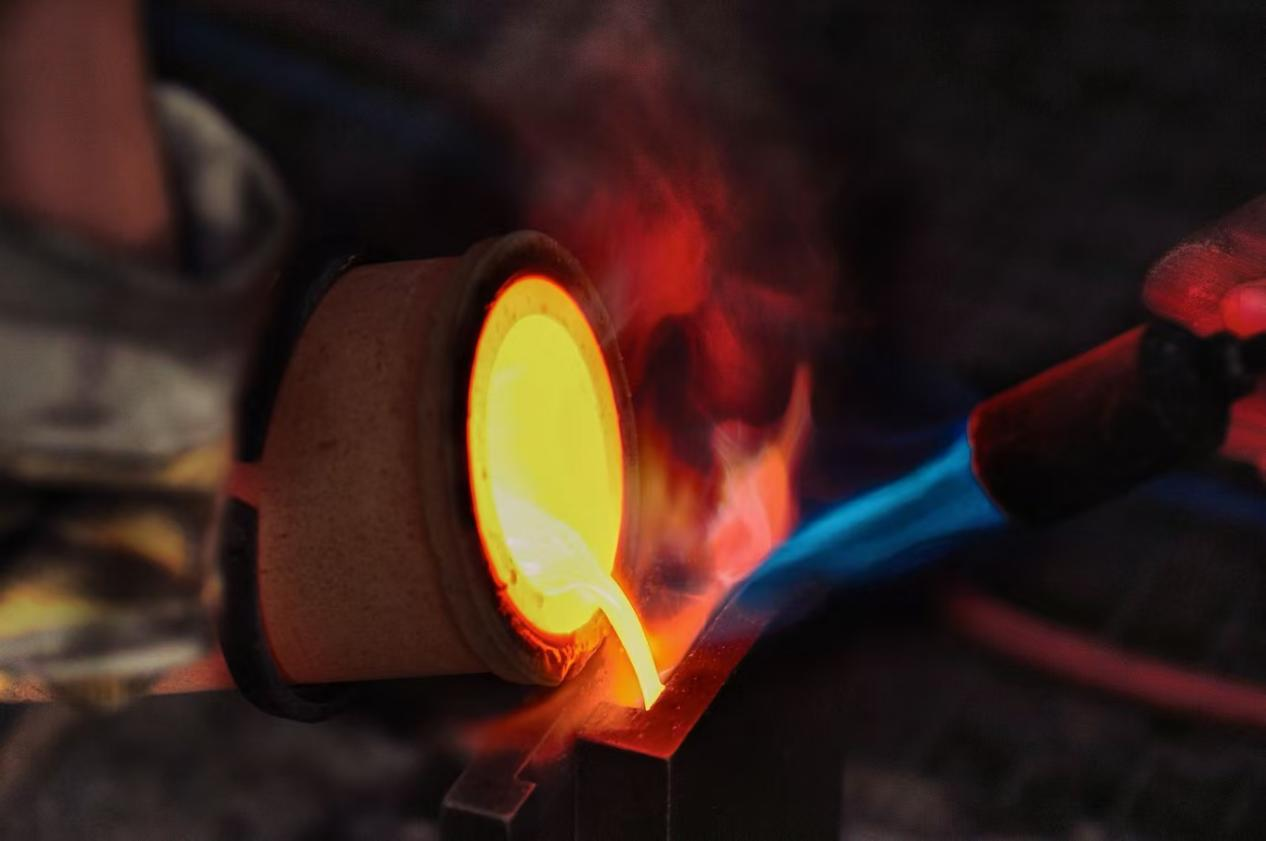Casting is a widely used manufacturing process that involves pouring molten metal into molds to form complex shapes and parts. In order to achieve superior casting quality, careful control of various parameters, including pouring rate and temperature, is essential. In this article, we will take an in-depth look at the impact of these factors on the casting process and highlight advanced control techniques to optimize them for superior casting quality.
The role of pour rate:
The pour rate, or the speed at which molten metal is introduced into the mold, plays a critical role in determining the overall quality of the final casting. By accurately managing the pour rate, the following benefits can be realized:
A.Enhanced Fillability and Flow: Controlling the pour rate ensures that the molten metal fills the mold evenly. Slow pouring rates can lead to incomplete filling and the formation of defects such as cold segregation or poor pouring. Conversely, too fast a pouring rate may cause turbulence and lead to air or slag retention, resulting in porosity and other casting defects.
B. Optimize solidification: The pouring rate significantly affects the solidification pattern of the metal. A slower rate allows for better heat dissipation, thus reducing the risk of shrinkage defects. In addition, it promotes directional solidification, adjusts the grain structure and improves the mechanical properties of the casting.
C.Minimizing mold erosion and splashing: Excessive pouring rates can lead to erosion or damage to the mold cavities due to the powerful impact of the molten metal. This can lead to surface defects and dimensional inaccuracies in the final casting. Molten metal splashing is also more likely to occur at high pouring speeds, increasing the risk of worker injury.
Effect of temperature:
The temperature of the molten metal during the pouring process plays a critical role in the casting process and the quality of the final product. Here are some key aspects to consider when managing temperature:
A.Flow and Fillability: Higher temperatures reduce the viscosity of the molten metal and improve its flow and fillability, especially for castings with complex geometries or thin cross sections. However, excessively high temperatures can lead to rapid oxidation or evaporation of alloying elements, resulting in compositional changes and casting defects.
B. Controlled solidification and cooling: The temperature of the molten metal affects the solidification time and cooling rate. Careful control of these factors is essential to prevent the formation of shrinkage voids, pores or cracks. By maintaining proper temperature control, controlled solidification can be achieved, ensuring that the casting has a good and uniform microstructure.
C.Maintaining Mold Integrity: Thetemperature of the molten metal affects the integrity of the mold. Pouring metal at too high a temperature can cause thermal shock, resulting in cracking or spalling of the mold. It is critical to strike a balance between achieving adequate fluidity and maintaining the integrity of the mold.

